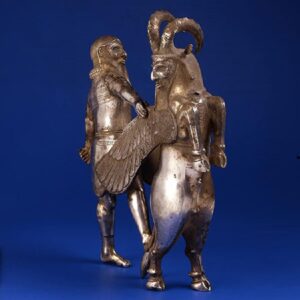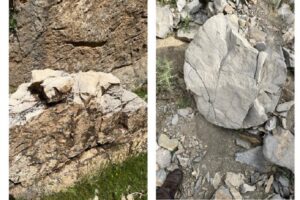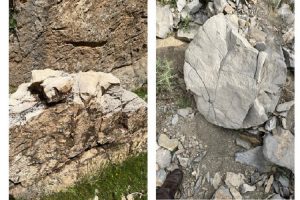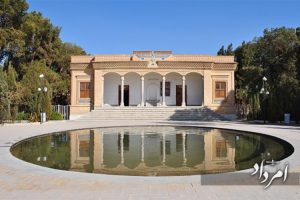Remnants of Iran’s ancient civilization is so abundant that its samples can be seen in all renowned museums round the globe. For example, Louvre in Paris, Hermitage Museum in Russia, the British museum, The New York museum, and also Japanese museums. The numbers are almost impossible to count; however, it is possible to highlight outstanding examples of the remnants are are presently beyond Iranian borders and provide a concise synopsis of them. A series of articles under the title “Iran’s civilizational artifacts in world museums” are written on this pretext and serves as a testament to the tenets of our country’s civilization throughout the ages.
Constant debate surrounds the question of whether it is not preferable that these artifacts would stay in Iran and exhibit our civilization, rather than in foreign museums. Although there are many who hold this view, and their arguments may be valid, the fact remains that the most prestigious museums in the world are equipped with sophisticated and effective techniques to preserve ancient and historical artifacts carefully and with minimum damage to them, contradicts this notion. With further thought it becomes evident that the global dissemination of Iranian civilizational achievements has not been detrimental to our ancient race. This is especially true regarding the present conditions of antiquities without our country, which are facing a lot of damage. Furthermore, the behavior of some people towards these relics, for instance, scribbling graffiti on them remove any doubt about the meticulous conservation of our historic remnants in world museums.

World museums and Iranian artistic creations
The Louvre Museum in Paris is among the most renowned institutions worldwide. Numerous artefacts from the Middle Ages, Ancient Iran, and other eras are housed in this museum. A prominent French archaeologist, Marcel-Auguste Dieulafoy, initiated the exhibition of Iranian artworks at the Louvre Museum during the reign of Naser al-Din Shah Qajar! Subsequent to that, additional French archaeologists in Iran unearthed artefacts, which they subsequently transported to the Louvre. The Louvre contains an extensive collection of artefacts from the Sassanid and post-ancient periods of Iran, including capitals of Achaemenid palaces, early Lorestan bronzes, a Hammurabi tablet, prehistoric pottery, a 58-house game board, a Marlik cup, and cultural artefacts from Elam.
Additionally, numerous Iranian masterpieces are housed in the British Museum. The museum houses an extensive collection of artefacts, including manuscripts and silver rhytons from the Achaemenid, Sassanid, and Lorestan bronze works, in addition to cylinder reliefs, Elamite works, and the cylinder of Cyrus the Great. All these are exhibited in a section named “Iran section”.
Ancient and historical works of Iran, spanning prehistoric millennia to the present day, are also on display at the Metropolitan Museum of New York, United States of America. Artefacts from the post-ancient history of Iran, including golden cups, figures of ancient men and women, Iron Age works, Achaemenid rhytons, Parthian and Sassanid carvings, silver discs of Sassanid kings, and numerous others, are on display for visitors to admire.

Additionally, the Hermitage Museum in St. Petersburg, Russia, is replete with artefacts from Iranian civilization. The artefacts seized by the Russians from the tomb of Sheikh Safiuddin Ardabili are merely one instance among a vast collection of our civilization’s creations that are safeguarded beyond national borders. Numerous carved potteries, bronzes, Iron Age artefacts, totems, emblems of the Iranian plateau, Achaemenid, Parthian, and Sasanian creations are present. The role of Persian archer soldiers, golden statues, ancient gold necklaces, plates, tongs, and silver and gold basins were all associated with the Achaemenid petroglyphs, golden vessels of that era, and works referred to as the “Scythian treasure” that dealt with one of the Iranian tribes (the Scythians). Armitage contains thousands of artefacts from the Iranian Plateau civilization, including golden items.
While it would be an extensive list to enumerate every museum in the globe, it is certainly worth mentioning some of them in articles under the title “Iran’s civilizational artifacts in world museums”, which we will continue writing, in an attempt to observe these objects in greater detail.










